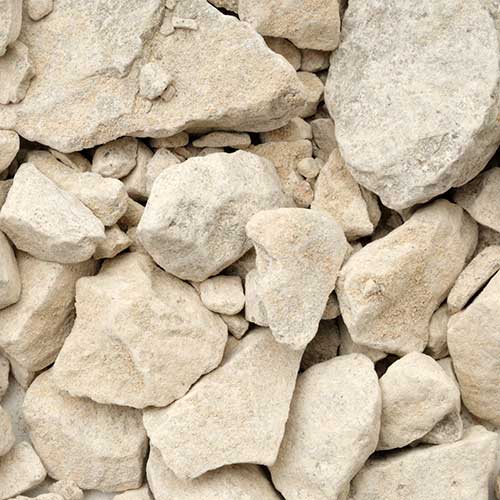Home » R&D Projects » Calcined and hydrated lime production
Calcined and hydrated lime production
Calcined and hydrated lime are two important industrial products derived from the processing of limestone, a naturally occurring sedimentary rock composed primarily of calcium carbonate. The production of calcined lime, also known as quicklime, involves the thermal decomposition of limestone through a process called calcination, where the limestone is heated to high temperatures, typically between 800-1200°C, driving off the carbon dioxide and leaving behind a porous, reactive form of calcium oxide. Hydrated lime, on the other hand, is produced by the addition of water to the calcined lime, a process known as hydration, which results in the formation of calcium hydroxide, a white, powdery substance with a wide range of applications. Both calcined and hydrated lime have numerous industrial uses, including as a flux in steel production, a neutralizing agent in water treatment, a key ingredient in the manufacture of cement and concrete, and as a sorbent in air pollution control systems. The production of these lime products is an essential component of various industries, contributing to the overall efficiency, sustainability, and environmental impact mitigation efforts across a diverse range of sectors.
